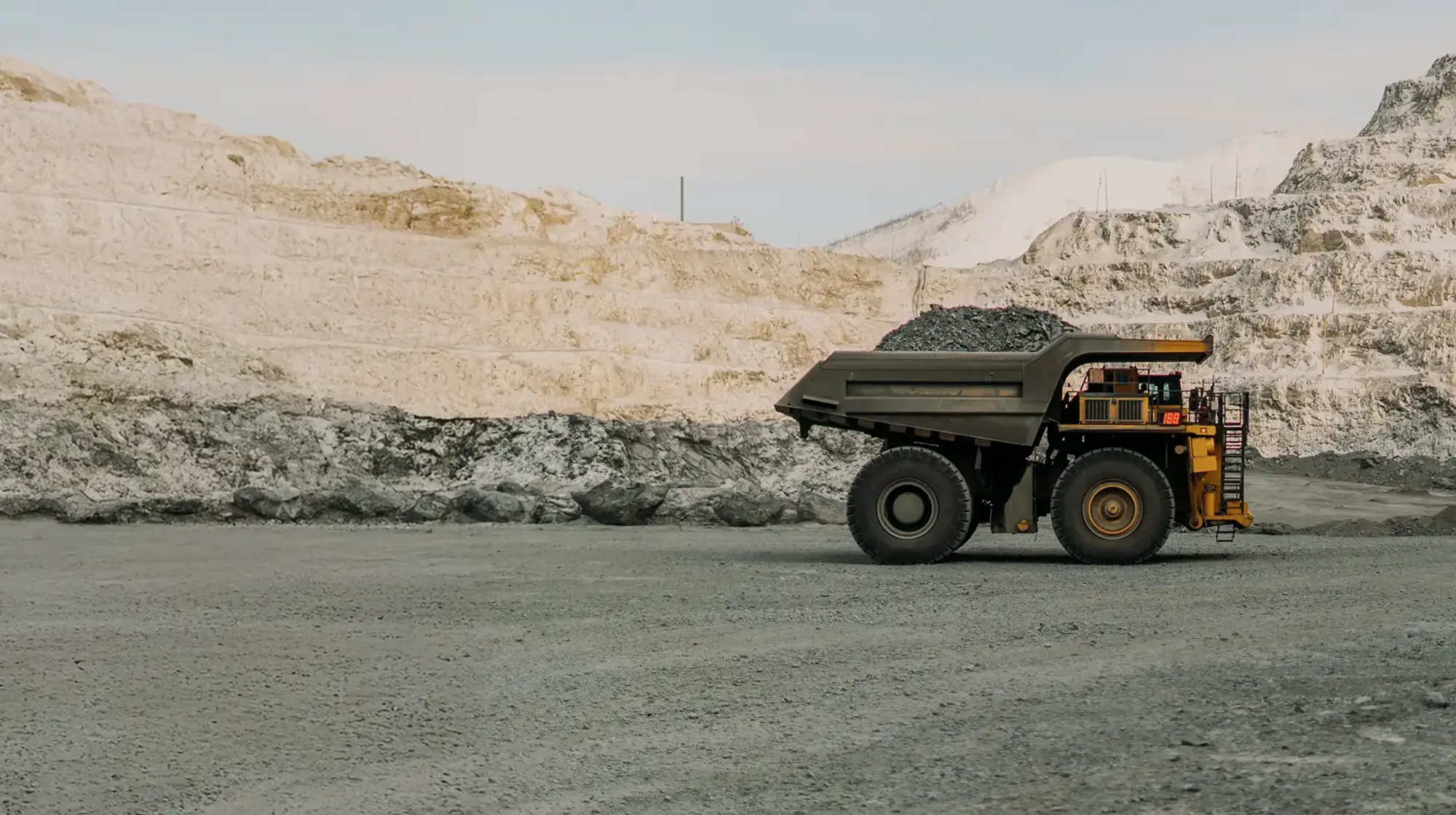Reports related to this article:
Project(s): View 3 related projects in PECWeb
Plant(s): View 3 related plants in PECWeb
en
Written by Amir Richani for Industrial Info Resources (Sugar Land, Texas)--Lithium Argentina (Zug, Switzerland) and Ganfeng (Shanghai, China) announced their plan to move forward with the joint development of the Pozuelos-Pastos Grandes Basins in Argentina.
The agreement covers the Pozuelos-Pastos Grandes project, which is owned by Ganfeng, along with the Pastos Grandes asset, where Lithium Argentina holds an 85% stake and Ganfeng owns the remaining 15%.
The Sal de la Puna development is also included, where Lithium Argentina controls 65% and Ganfeng holds 35%. All these assets are located in the lithium-rich Salta province in northern Argentina.
Ganfeng acquired its 14.9% share of the Pastos Grandes from Lithium Argentina in August last year for US$70 million.
The creation of the joint venture still depends on several conditions, including negotiations, development plans, and approval.
With the agreement, Lithium Argentina and Ganfeng seek to unlock synergies and reduce costs.
The companies expect to use solar evaporation and direct lithium extraction processes in the assets, with an expected combined production capacity of 150,000 tons per year of lithium carbonate equivalent (LCE).
A lithium demonstration plant is already being manufactured for the three projects, with a capacity of 5,000 tons per year. The completion of the demo plant is expected towards the end of the year.
Gangfeng and Lithium Argentina have already joined forces at the Cauchari-Olaroz lithium project. The asset has become one of the largest lithium producers in Argentina with a capacity of 40,000 tons per year, with plans to expand the capacity by at least 20,000 tons per year more.
Argentina continues to attract new investments to its lithium industry, primarily due to its extensive lithium resources. The South American country is part of the Bolivia-Chile-Argentina lithium triangle, which contains the world's largest lithium resources.
Also, the government's introduction of the Incentive Regime for Large Investments (RIGI) has lured the attention of international companies to invest in large mining projects in Argentina in exchange for fiscal and legal benefits. To qualify for the RIGI, mining investments must be above US$200 million.
In the official statement, Lithium Argentina did not specify if the companies will apply for the RIGI for their Pozuelos-Pastos Grandes projects.
Subscribers to Industrial Info's Global Market Intelligence (GMI) Metals & Minerals Database can click here to view reports for all of the projects discussed in this article and click here for the related plant profiles.
Industrial Info Resources (IIR) is the leading provider of industrial market intelligence. Since 1983, IIR has provided comprehensive research, news and analysis on the industrial process, manufacturing and energy related industries. IIR's Global Market Intelligence (GMI) helps companies identify and pursue trends across multiple markets with access to real, qualified and validated plant and project opportunities. Across the world, IIR is tracking over 200,000 current and future projects worth $17.8 trillion (USD).
The agreement covers the Pozuelos-Pastos Grandes project, which is owned by Ganfeng, along with the Pastos Grandes asset, where Lithium Argentina holds an 85% stake and Ganfeng owns the remaining 15%.
The Sal de la Puna development is also included, where Lithium Argentina controls 65% and Ganfeng holds 35%. All these assets are located in the lithium-rich Salta province in northern Argentina.
Ganfeng acquired its 14.9% share of the Pastos Grandes from Lithium Argentina in August last year for US$70 million.
The creation of the joint venture still depends on several conditions, including negotiations, development plans, and approval.
With the agreement, Lithium Argentina and Ganfeng seek to unlock synergies and reduce costs.
The companies expect to use solar evaporation and direct lithium extraction processes in the assets, with an expected combined production capacity of 150,000 tons per year of lithium carbonate equivalent (LCE).
A lithium demonstration plant is already being manufactured for the three projects, with a capacity of 5,000 tons per year. The completion of the demo plant is expected towards the end of the year.
Gangfeng and Lithium Argentina have already joined forces at the Cauchari-Olaroz lithium project. The asset has become one of the largest lithium producers in Argentina with a capacity of 40,000 tons per year, with plans to expand the capacity by at least 20,000 tons per year more.
Argentina continues to attract new investments to its lithium industry, primarily due to its extensive lithium resources. The South American country is part of the Bolivia-Chile-Argentina lithium triangle, which contains the world's largest lithium resources.
Also, the government's introduction of the Incentive Regime for Large Investments (RIGI) has lured the attention of international companies to invest in large mining projects in Argentina in exchange for fiscal and legal benefits. To qualify for the RIGI, mining investments must be above US$200 million.
In the official statement, Lithium Argentina did not specify if the companies will apply for the RIGI for their Pozuelos-Pastos Grandes projects.
Subscribers to Industrial Info's Global Market Intelligence (GMI) Metals & Minerals Database can click here to view reports for all of the projects discussed in this article and click here for the related plant profiles.
Industrial Info Resources (IIR) is the leading provider of industrial market intelligence. Since 1983, IIR has provided comprehensive research, news and analysis on the industrial process, manufacturing and energy related industries. IIR's Global Market Intelligence (GMI) helps companies identify and pursue trends across multiple markets with access to real, qualified and validated plant and project opportunities. Across the world, IIR is tracking over 200,000 current and future projects worth $17.8 trillion (USD).


